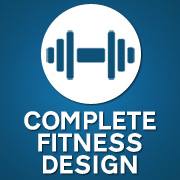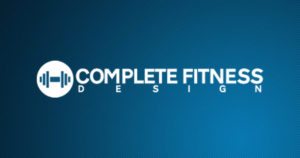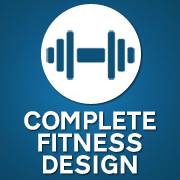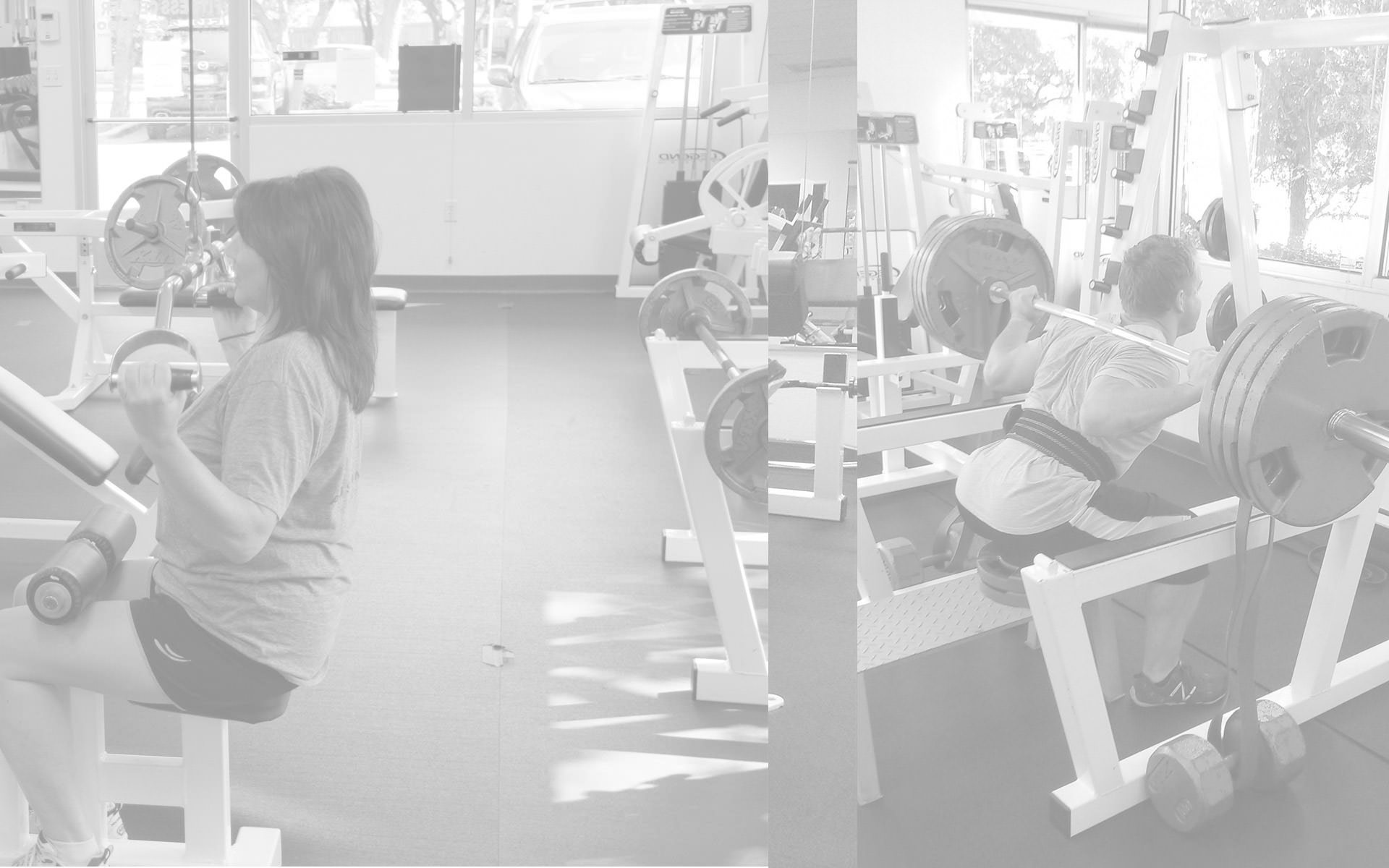What Is Tennis Elbow?
Over the many years I’ve been an Austin personal trainer, I’ve written many blog entries, as well as plenty of essays addressing some of the mythology that is seemingly forever infused within the confines of the health and fitness world’s collective ideology. I’ve written about, and dispelled the myths and dangers surrounding maximum heart rate falsities. I have addressed the uselessness of the once very popular, and celebrity endorsed,detoxification cleanses, as well as have written on the importance of implementing exercises in your workout regimen, that work for you, as opposed to the collective nonsense of squatting to 90 degrees is the only way to develop ones legs, for example, and so on. Sweeping statements should be swept under the rug, as they are useless to all but a few. One area of great concern, in orthopedic circles, as well as in the gym, is a very widespread condition known as lateral epicondylitis, which is more commonly referred to as tennis elbow. This is a condition that effects many fitness novices all the way through to the most seasoned of workout veterans.
Mythology has repeated through the years that it is only tennis players who are the ones to be wary of the tennis elbow condition, but that is not at all true. Tennis elbow is far from being an exclusionary affliction for tennis players alone. Golfers, baseball players, etc, can all get it. Motorcycle racers, weight lifters, body builders, painters, carpenters who are hammering in nails all day, as well as mechanics, who twist and turn screwdrivers and wrenches for a good portion of their day, have little in common with avid tennis players other than, of course, having tennis elbow.
What exactly is lateral epicondylitis, or tennis elbow? Tennis elbow is an inflammatory condition that is quite painful. It affects the outer part of the elbow and is caused by an over usage of the wrist and arm, which in turn causes the inflammatory response in the tendons of the elbow.
Tennis players, who are afflicted with tennis elbow, usually acquire it from a backhand shot with improper form, a repetitive snapping and turning of the wrist during high velocity serving, and a repeatedly late forehand return shot, which naturally incurs a bending of the wrist coupled with a very tight gripping of the racket.
Tennis elbow is a very easy thing to acquire, whether you play tennis on the professional level, or you replace transmissions for a living. Anyone who repeatedly bends their wrists, while gripping hard, is a potential candidate for the condition.
If you are indeed afflicted, and medically diagnosed with tennis elbow, what do you do to alleviate the pain, and cure the condition? The answer isn’t any different than if you had an inflammation in a rotator cuff muscle, or any connective tissue inflammation as a result of overuse. The first thing is to rest the muscles and tendons. That means laying off the activity which is causing the problem, be it hitting a 140 mph serve, or a any other repetitive twisting and turning motion, coupled with a tight grip, for a minimum of 2 or 3 weeks. Ibuprofen will help with the inflammation, but can also exact quite a toll on your liver if you take enough of it, especially if coupled with alcohol. Prescription anti inflammatory drugs will speed up the recovery process as well, but for those who aren’t interested in the pharmacological route, there are natural alternatives at hand, so long as they are coupled with an abstinence of the activity causing the tennis elbow for the same, if not a little longer duration, than if one pursues the pharmaceutical route .
Fish oil is a great natural anti inflammatory. Uncooked leafy greens are as well. The consumption of a truly adequate amount of water, will only help the restorative and healing effort. As for a direct application to the affected area, ice is something that has been typically recommended, as it shrinks the blood vessels, thus reducing the amount of inflammation, as well as providing some cooling relief, however, new studies have indicated that heat, which is a vasodilator, is actually more effective, as it allows more blood flow, and thus, more nutrients delivered to the affected area, as well as a greater and more efficient evacuation of the byproducts of intercellular respiration process, such as carbon dioxide, etc.
Ultimately, should you ever suffer from tennis elbow, obviously, the course you take to deal with it, is entirely up to you. You can go with pharmacological methodology, or you can go with more of an organic approach. In either case scenario, the most important thing, no matter whether you believe in going with drugs, or no drugs, is that a sufficient laying off period is set in stone, so to speak. If there’s no laying off the activity which is causing the repetitive stress injury/condition, the problem, no matter what it is, be it knee issues, iliotibial band problems, infraspinatus inflammation, etc, will never be given a sufficient chance to heal, so no matter what you throw at the problem medicinally, through supplementation, or otherwise, it will be to no effect, and the problem will persist until, ultimately, something gives. That something is almost always a tendon detaching from the bone, or in a best case scenario, a muscle suffering a grade 1-3 level tear, which either way, goes without saying, is nothing more than the exacerbation of a problem that could have easily been rectified with some time off, coupled with the proper care and treatment.
Ready to Get Started?






